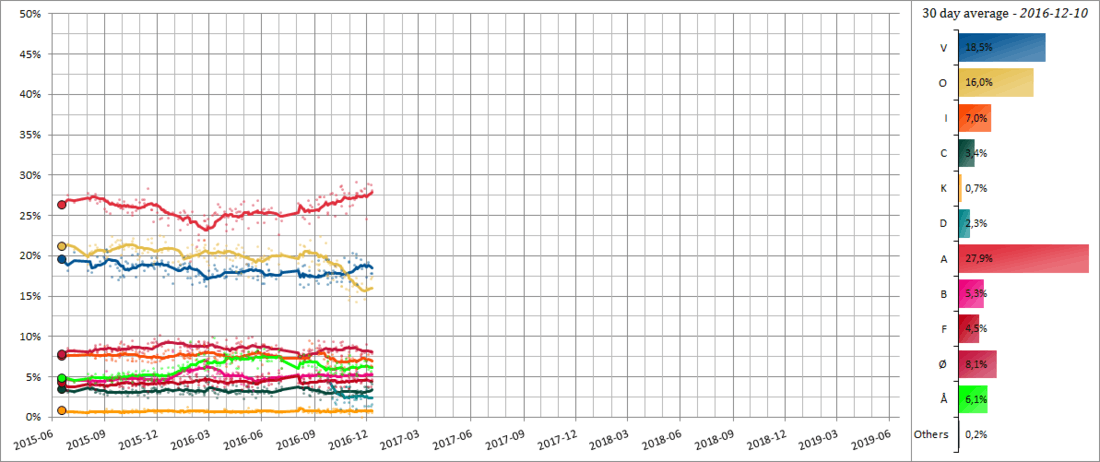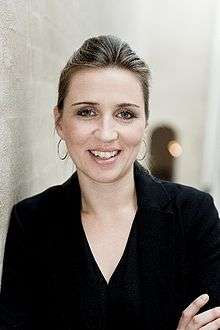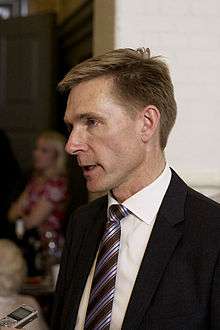Next Danish general election
| | |||||||||||||||||||||||||||||||||||||||||||||||||||||||||||||||||||
| |||||||||||||||||||||||||||||||||||||||||||||||||||||||||||||||||||
| |||||||||||||||||||||||||||||||||||||||||||||||||||||||||||||||||||
| |||||||||||||||||||||||||||||||||||||||||||||||||||||||||||||||||||
The next Danish general election will be called following the dissolution or expiry of the current Parliament, and must be held on or before 17 June 2019.[1] All 179 members of the Folketing will be elected. 175 members will be elected in Denmark proper, two in the Faroe Islands and two in Greenland.
Background
At the 2015 general election, the parties of the "Blue bloc" secured a very narrow majority in the Folketinget, 90 seats versus 89 for the parties of the centre-left "Red bloc". Ten days later, a minority government was formed by Venstre. The government was supported by the other parties in the "Blue bloc", Danish People's Party, the Liberal Alliance, and the Conservative People's Party. Lars Løkke Rasmussen, the leader of Venstre, became Prime Minister.[2]
Electoral system
The 179 members of the Folketing are elected in Denmark (175), the Faroe Islands (2) and Greenland (2). The 175 seats in Denmark include 135 seats elected in ten multi-member constituencies by proportional representation, using a modified version of the Sainte-Laguë method and Hare quota, and 40 "top-up" seats, allocated to parties in order to address any imbalance in the distribution of the constituency seats.[3]
According to the Danish Constitution, the election will have to be held no later than 17 June 2019, as the last election was held on 18 June 2015. The Prime Minister is able to call the election at any date, provided that date is no later than four years from the previous election, and this is often cited as a tactical advantage to the sitting government, as it can call an early election when polls are favourable. For instance did Thorning-Schmidt, the previous prime minister, announce on 27 May 2015 that elections would be held on 18 June 2015.[4] The latest possible date for that election was 14 September 2015.
Opinion polls

References
- ↑ Folketingsvalg, Rudersdal.dk, accessed 11 January 2016.
- ↑ "Her er hele Lars Løkkes ministerhold" (in Danish). Jyllands-Posten. 28 June 2015. Retrieved 28 June 2015.
- ↑ "Folketinget (The Danish Parliament)". Inter-Parliamentary Union. 10 April 1991. Retrieved 24 June 2015.
- ↑ "Danish PM calls general election, saying voters must have say on spending". The Guardian. 27 May 2015. Retrieved 24 June 2015.
External links
- Election polling and trends Berlingske.dk
- Greenland Folketing Election Results Qinersineq


.jpg)



.jpg)
